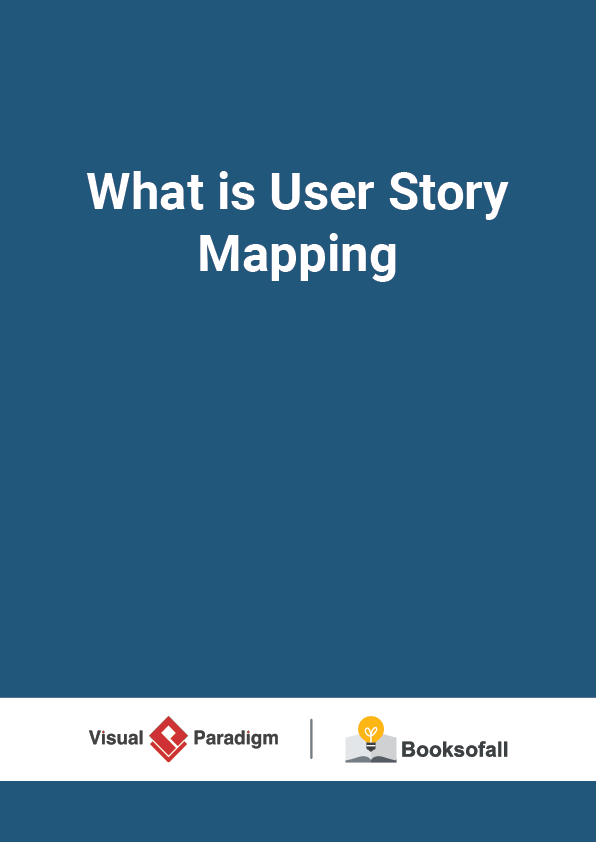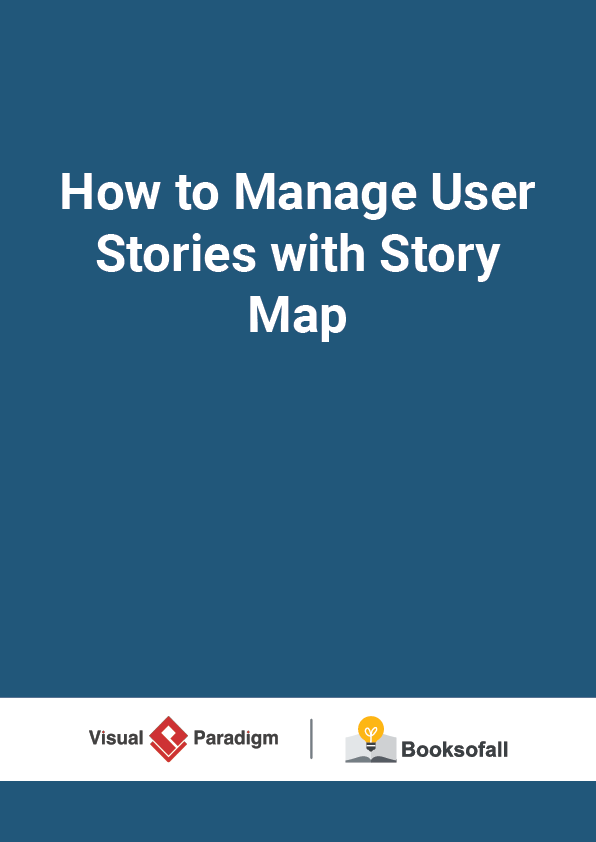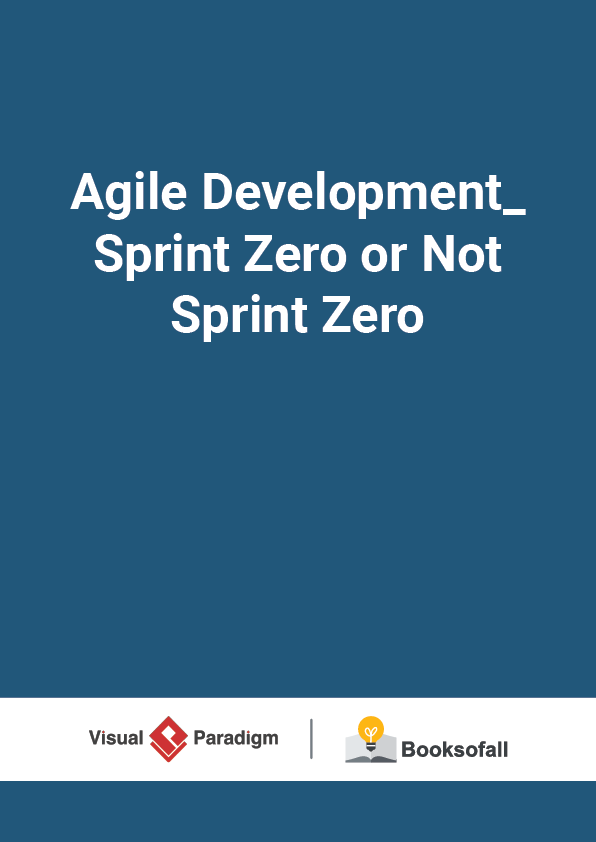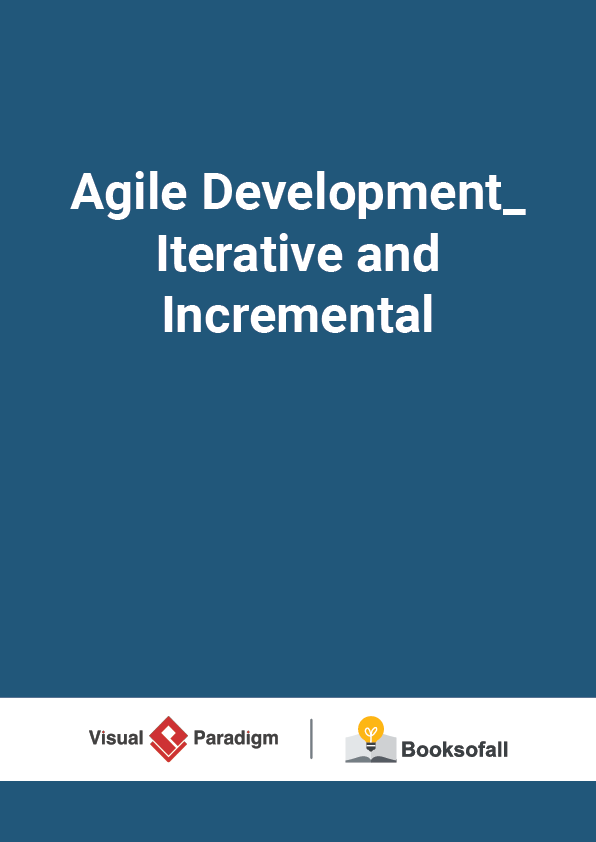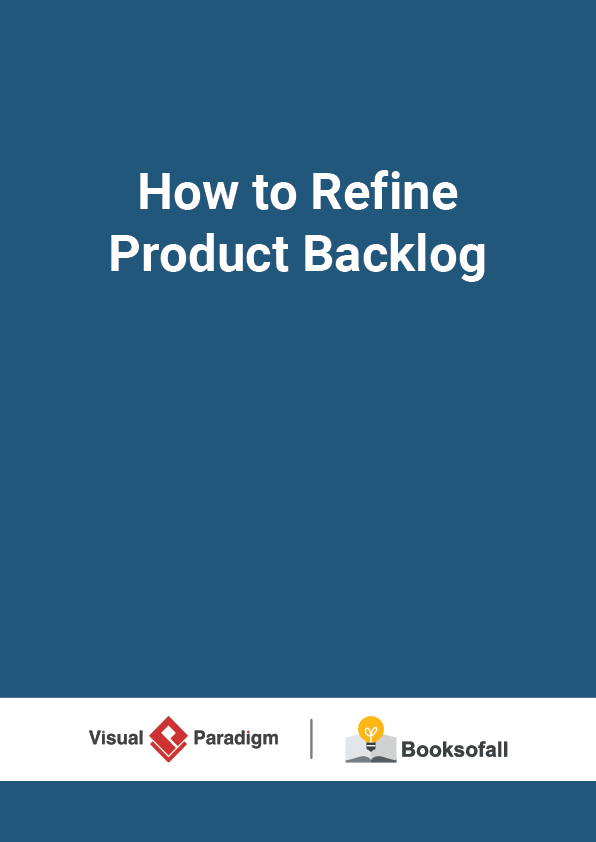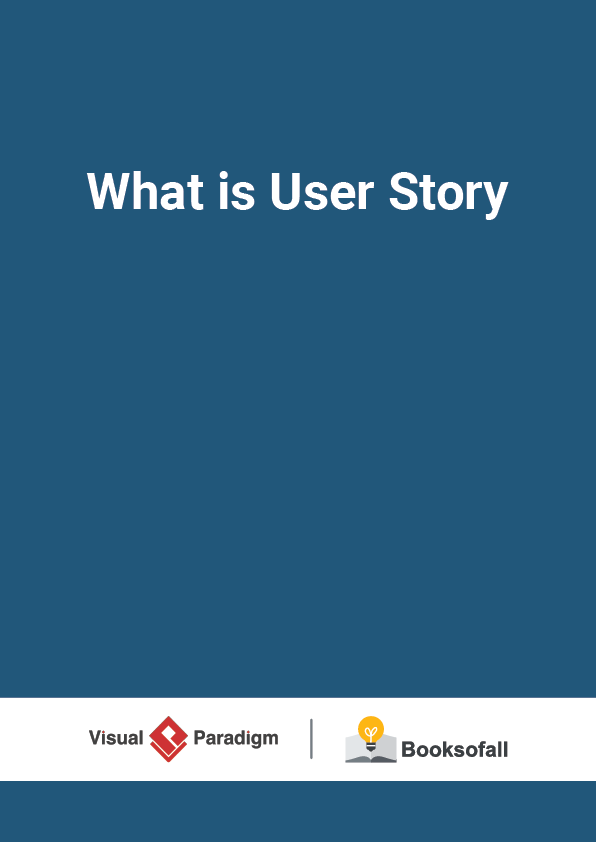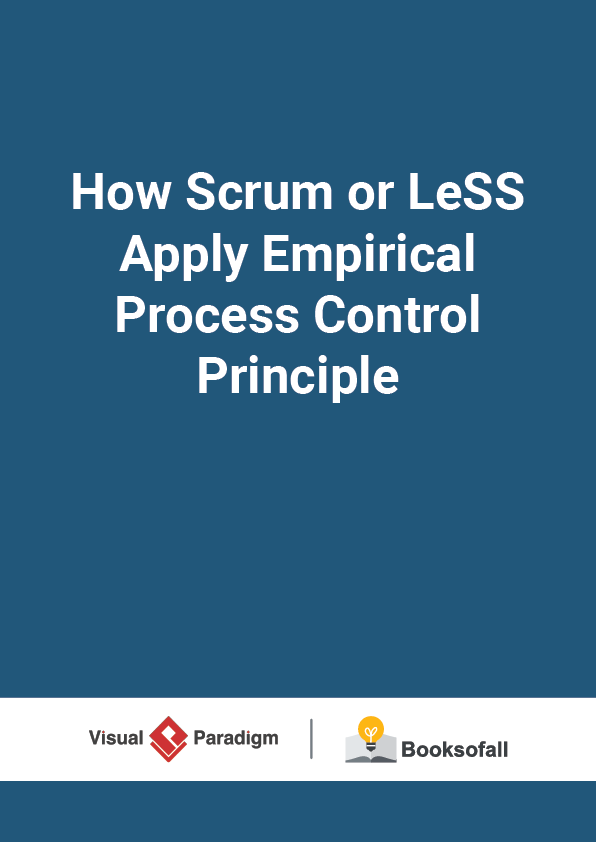What is User Story Mapping?
8-10 minutes
Requirements always change as teams and customers learn more about the system along with the progress of the project. It’s not exactly realistic to expect project teams to plan for a static requirements list and then deliver functional software months later. User Story Mapping is a better and more Agile way to address rigid changes of the end-user requirements.
A user story map helps you arrange user stories into a useful model for understanding the functionality of a system, identifying holes and omissions in your backlog, and effectively plan holistic releases that deliver value to users and business with through releases.
User Story Map is becoming a popular user story management technique through the efforts of Jeff Patton and others. The user story tool allows you to establish multiple levels and dimensions for a product backlog through the breakdown of user needs as user activities, user tasks, epics and user stories. Typically, an agile development team makes use of story map in collaborative meetings in identifying the desired results the end users want to achieve.
Need an agile software solution for product backlog management? Visual Paradigm supports a powerful agile toolset that covers user story mapping, affinity estimation, sprint management, etc. It’s powerful but yet easy-to-use, intuitive and, most important, AGILE.
Why User Story Mapping?
Story Maps were first introduced by Jeff Patton in 2005. The main idea behind Story Maps is that single-list product backlogs are a terrible way to organize and prioritize the work that needs to be done. A richer structure is necessary. A user story map is a powerful tool that enable an agile team to groom their product backlog and plan the product releases more effectively.
A user story map captures the journey a customer takes with the product including activities and tasks they perform with the system. Creating a story map collaboratively ensures team members are on the same page from the start of the project through to ongoing development of new releases.
Here are few benefits of using story map as a user story tool:
- Manage backlog with an overview and leveled structure
- Brainstorm, discuss and prioritize user needs in a collaborative approach
- Manage activities and tasks (walking skeleton), and divide them into epics or users tories systematically
- Arrangement and prioritization of user activities and user tasks, or drill down to refine them into related epics or user stories
- Manage user stories in the online for both remote and co-location environments collaboratively for keeping everyone in your team the same page.
Why You Need a User Story Mapping Tool like Visual Paradigm?
Listed below are some of the reasons why you need a user story mapping tool like Visual Paradigm in story mapping.
Never run out of space on your whiteboard,
- Easy to organize, update and modified information in the stickers
- Easy to organize stickers for prioritization of stickers by dragging and dropping stickers around in the map
- Manage user stories in the online for both remote and co-location environments collaboratively for keeping everyone in your team the same page.
Flexible Structure Complex or Simple Projects
Visual Paradigm’s Story map supports a 3 or 4-level hierarchical structure
for requirements gathering which is suitable for either complex, medium or simple projects. Story map starts from a collection of user features received from different sources (i.e. use case, BPMN, WBS or even mind maps) into the backlog of the story map, and the seuser features will be realized as an user activities and into related walking skeleton (user tasks). And these tasks can be breakdown further into epics, and then user stories for software development.
